As we prepare to close our doors for the season on October 31st, I find myself sitting on a chilly morning, watching the last few trips drift downstream. It’s been a quiet, contemplative week—one that gives us space to reflect on how much has changed in such a short time. The Beginning It was May… Read more »
Shenandoah River
AN INDUSTRIAL LEGACY
During the nineteenth and most of the twentieth century a number of large, heavy industrial plants were located along the Shenandoah River. During most of that period the prevailing attitude was, “dilution is the solution to pollution”, so most of the liquid waste was simply dumped into the river with minimal processing. Won’t the river… Read more »
NUTRIENT LOADING
One of the most significant environmental threats to the Shenandoah River is nutrient loading; too much of the stuff that makes plants grow (mainly nitrogen and phosphorus) getting into the river and making the tiniest of plants (algae) grow out of control. When the algae matures, dies, and decomposes it consumes oxygen from the water… Read more »
DAMS, RIVER GAUGES, AND FLOW
There are a number of river gauges along the South Fork of the Shenandoah River which give the river level in feet for that location, but each gauge is independent of the others in its reading and rate of change, which makes it difficult to compare the readings of various gauges by using river level… Read more »
SIXTY-SEVEN
It was late October, just one weekend before closing our canoe business for the season. Closing a business down for the winter is a process. The vehicles have to be serviced and winterized and readied for the spring surge. All the canoes and kayaks have to be gone through, repaired, and put into storage. And… Read more »
FISH DYNAMICS
The Shenandoah River is legendary for its bass fishery. In the late 90’s catches of up to a hundred fish per person a day were not uncommon, but this is not always the case. In fact, bass are not even native to the Shenandoah River. You wouldn’t be wrong in calling them an invasive species…. Read more »
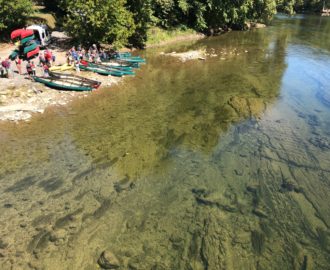
HOW TO READ A RIVER
We try to inquire “How was your float today?” as folks come off the river. When the river is low, some will say “It was just lovely” and some will say “It was fun, but we kept getting stuck.” The difference will often be in how well you can read the river, where the deep… Read more »
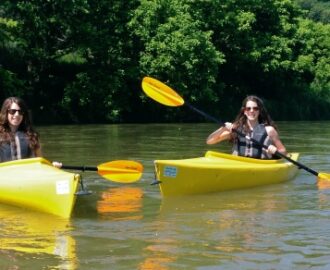
KAYAKS
Kayaks come in many forms each designed to fit a certain niche so to speak. Kayaks were historically used by indigenous peoples of the northern latitudes for hunting and fishing in their icy costal waters. A traditional Eskimo kayak would be made from seal skins sewn together stretched over a driftwood frame and paddled solo… Read more »
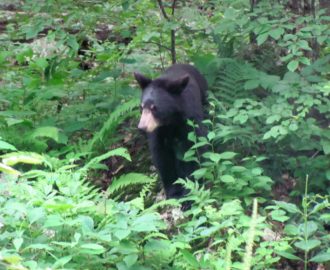
WHY IS THE SHENANDOAH RIVER SO POPULAR?
“…Blue Ridge Mountains, Shenandoah River”, thank you John Denver for appreciating the magnificence of this storied river and the valley through which it flows. Located just an hour’s drive from the traffic choked beltway around Washington DC, the Shenandoah Valley is an oasis of small towns and open farm fields bordered east and west by… Read more »
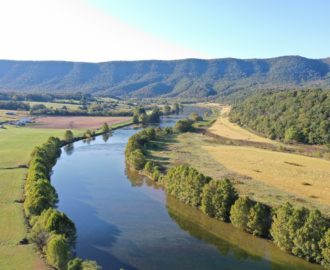
PLATOON – A Big “Oopsy”
Plan your float! Know where to start, where to finish, and what’s in-between. And don’t make assumptions. This is why you use a professional outfitter isn’t it? That’s our job, to plan your float and inform you of what to expect. What can possibly go wrong? So I was leaving work one Tuesday evening. All… Read more »
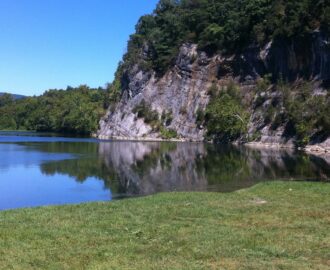
SHENANDOAH RIVER HISTORY
The first European settlers came into the Shenandoah Valley almost 300 years ago following the river south from Pennsylvania and establishing the first settlements near Luray and Staunton in 1727. But first, let’s talk about the Indians who settled in the Valley over 11,000 years ago and were in such harmony with their environment there… Read more »
